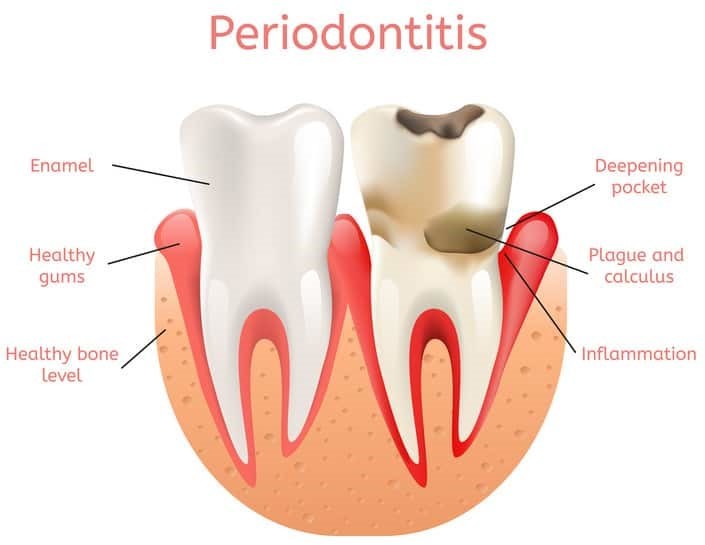A nurse is collecting data on a client who has Chronic Obstructive Pulmonary Disease (COPD). Which of the following findings should the nurse expect?
A. Pleural friction rub
B. Peripheral edema
C. Spoon nails
D. Hyperresonance on percussion
Pleural friction rub
Peripheral edema
Spoon nails
Hyperresonance on percussion
The Correct Answer is B
Choice A reason: A pleural friction rub is associated with conditions that cause pleural inflammation, such as pleuritis or pneumonia, rather than Chronic Obstructive Pulmonary Disease (COPD). While patients with COPD may experience other abnormal lung sounds like wheezing or crackles, pleural friction rubs are not typically a feature of COPD.
Choice B reason: Peripheral edema is a common finding in clients with advanced COPD, particularly in those who develop right-sided heart failure (also known as cor pulmonale). The prolonged hypoxia and pulmonary hypertension that often accompany COPD can put additional strain on the right side of the heart, leading to fluid retention and swelling in the extremities. This is a typical finding in later stages of COPD.
Choice C reason: Spoon nails (koilonychia) are typically associated with iron deficiency anemia or other conditions affecting the circulatory system. Although COPD is a chronic respiratory condition that can impact oxygenation, spoon nails are not commonly associated with COPD. This condition is more commonly seen in anemia or other nutritional deficiencies.
Choice D reason:
Hyperresonance on percussion is a typical finding in COPD, especially in those with emphysema, where air trapping occurs. This is due to the destruction of lung tissue and the over-inflation of alveoli, which creates a more resonant sound when the chest is percussed. This finding indicates the presence of hyperinflated lungs, a hallmark of emphysema and a common component of COPD.
Nursing Test Bank
Naxlex Comprehensive Predictor Exams
Related Questions
Correct Answer is C
Explanation
Choice A reason: Memory loss is not typically associated with vitamin C deficiency. Memory loss can be related to various conditions, including neurological disorders or vitamin B12 deficiency.
Choice B reason: Brittle hair can be a sign of vitamin C deficiency due to its role in collagen production, which affects the health of hair. However, it is not as specific or common as bleeding gums.
Choice C reason: Bleeding gums are a common symptom of vitamin C deficiency. Vitamin C is essential for the maintenance of healthy connective tissue, which includes the gums. A deficiency can lead to scurvy, which manifests as bleeding gums among other symptoms.
Choice D reason: Constipation is not directly associated with vitamin C deficiency. While a healthy diet rich in vitamin C can aid digestion, constipation can be caused by a variety of factors unrelated to vitamin C intake.

Correct Answer is D
Explanation
Choice A reason: Memory loss is not typically associated with a lack of dietary fiber. Memory loss can be related to various neurological or psychological conditions.
Choice B reason: Bleeding gums are commonly associated with vitamin C deficiency, not a lack of dietary fiber.
Choice C reason: Brittle hair can be associated with poor nutrition in general, but it is not a specific indicator of inadequate fiber intake.
Choice D reason: Constipation is a well-known symptom of inadequate fiber intake. Fiber helps to bulk up the stool
and promotes regular bowel movements.
Whether you are a student looking to ace your exams or a practicing nurse seeking to enhance your expertise , our nursing education contents will empower you with the confidence and competence to make a difference in the lives of patients and become a respected leader in the healthcare field.
Visit Naxlex, invest in your future and unlock endless possibilities with our unparalleled nursing education contents today
Report Wrong Answer on the Current Question
Do you disagree with the answer? If yes, what is your expected answer? Explain.
Kindly be descriptive with the issue you are facing.
